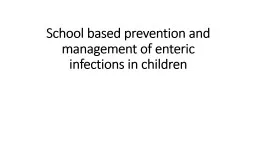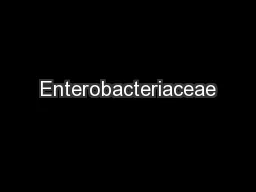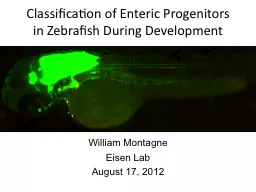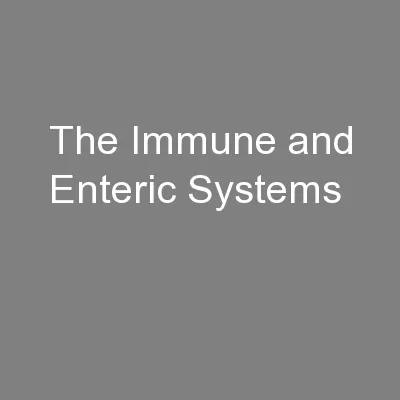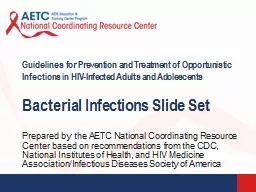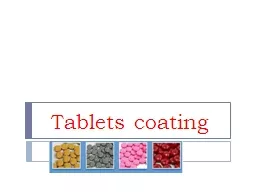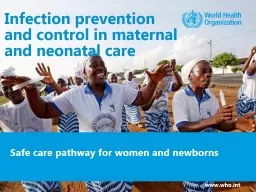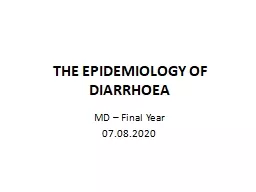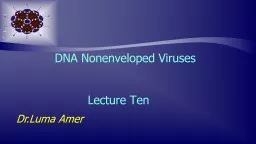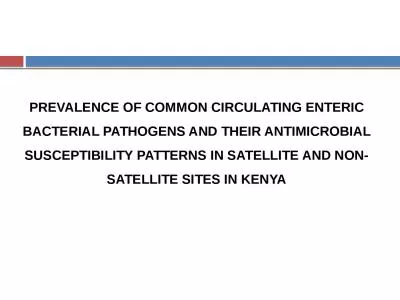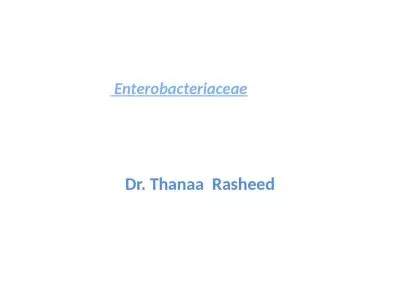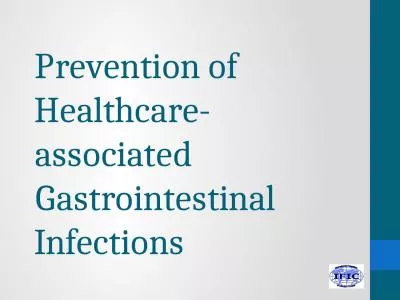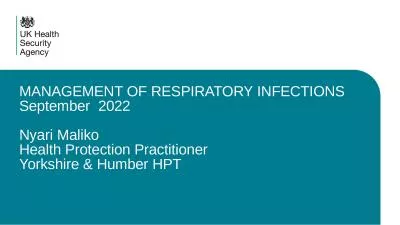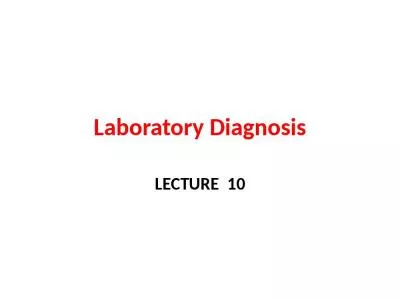PPT-School based prevention and management of enteric infections in children
Author : gabriella | Published Date : 2022-05-18
Outline Deaths and DALYs in 514 yr olds Enteric infections Three stories An enteric virus An enteric parasite An enteric bacterium Prevention and the environment
Presentation Embed Code
Download Presentation
Download Presentation The PPT/PDF document "School based prevention and management o..." is the property of its rightful owner. Permission is granted to download and print the materials on this website for personal, non-commercial use only, and to display it on your personal computer provided you do not modify the materials and that you retain all copyright notices contained in the materials. By downloading content from our website, you accept the terms of this agreement.
School based prevention and management of enteric infections in children: Transcript
Download Rules Of Document
"School based prevention and management of enteric infections in children"The content belongs to its owner. You may download and print it for personal use, without modification, and keep all copyright notices. By downloading, you agree to these terms.
Related Documents

